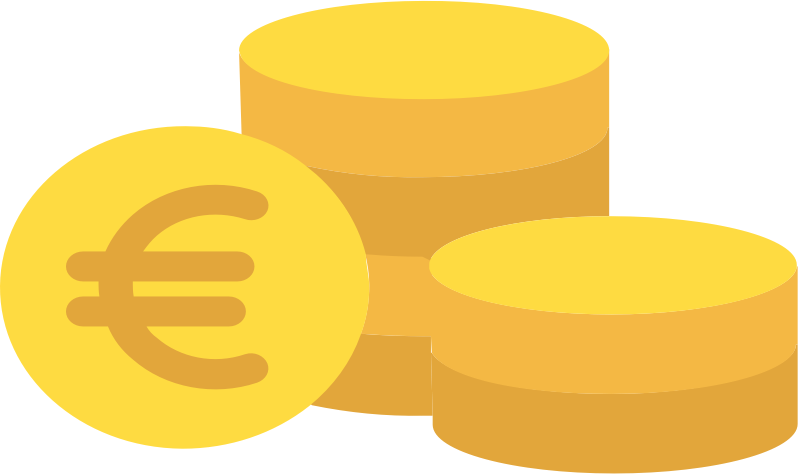Monopolistic Competition
Characteristics of Monopolistic Competition
The model of monopolistic competition makes the following assumptions that are also characteristics of perfect competition:
- There is a large number of small sellers (firms) of similar size
- There is a large number of buyers
- There is no possibility of collusion between either sellers or buyers to control or influence price
- There is freedom of entry and exit to the market; it is not possible for existing firms to create barriers to new firms.
- Buyers and sellers have complete or perfect knowledge of all prices in the market.
But there is one very important characteristic that makes monopolistic competition different from perfect competition:
There is product differentiation. This means that there are differences between the products of competing firms, in terms of design, function, quality, size, after sales service, packaging and so on. Firms produce similar goods or services, but they are not identical.
Because of product differentiation it is possible for firms to charge different prices to their rivals. Firms compete on price and non-price factors. Firms therefore have some control over the price of their product. If they raise their price above that of rivals, they are likely to lose some sales, but if they are offering something different (or superior), they will still keep some of their customers.
In other words firms are price makers and there will be a range of prices in the market. Services like hairdressing, plumbers, fish and chip shops, dentists and alternative medicine are good examples.
Because there is likely to be a range of prices rather than a single market price, this market structure is sometimes called ‘imperfect competition’.
Each firm is producing a unique product (there is no direct competitor), and this is what gives the firm some control over its price. This is why it is called monopolistic competition. Just like a monopoly (see notes on 3.4.5) each firm will have a downward sloping demand curve. As it lowers price it will be able to sell more. It therefore follows that average revenue and marginal revenue will NOT be equal (see notes on 3.3.1).
It is likely, however, that the demand for each firm’s product will be fairly elastic, as it will face competiton from rivals offering close substitutes.
Short and Long-run Equilibrium
The short-run equilibrium is sown in Fig 1 below:
The profit maximising equilibrium output is at Q (where MC=MR). In this case, the firm is earning abnormal profit, as ATC (at OC) is below AR (at OP). Total abnormal profit is equal to area ABCP.
It is also possible in the short-run for the firm to make a loss, if AR is below ATC. (But remember that the firm will not produce at all if AR<AVC).
In the long-run, firms will earn normal profit only. This is because of the free entry and exit to the market. The long-run equilibrium is shown in Fig 2 below:
If firms are earning abnormal profit, new firms will be attracted into the market. This will mean that each firm now has a smaller share of the market, so the demand curve (AR) and MR will shift downwards. New firms will stop entering the market once all abnormal profit is competed away, so each firm will be in equilibrium at an output where price is equal to ATC. This is shown at an output of Q, where price (AR) and ATC are both equal to OP.
Equally, if firms were making short-run losses, some would exit the market, resulting in an upward shift of AR/MR. This would stop once firms are earning normal profit.
Evaluation of Monopolistic Competition
In the long-run:
- Price is above marginal cost, so there is allocative inefficiency.
- ATC is above the minimum,so there is productive inefficiency.
- Firms only earn normal profit, so consumers are not exploited.
- There may be dynamic inefficiency, as firms may be too small to develop new technology to reduce average costs. But they may be innovative in developing new products, especially in service industries where less capital is required. For instance a restaurant may develop new menus and dishes.
- Explain why the market in which firms of interior designers compete could be described as an example of monopolistic competition.
- Your answer should include: free entry / free exit / product differentiation / differentiated product / normal profit / non-price factors / non-price competition
